From Curie to Carson: Honoring the Legacy of Women Pioneers in Science. In the annals of scientific history, numerous women have defied societal norms and shattered barriers to make groundbreaking contributions to their respective fields. This blog post pays tribute to some of these extraordinary pioneers, highlighting their early and professional lives, remarkable discoveries, research, awards, education, and the indelible mark they left on the world of science.
Table of Contents
Toggle1. Marie Curie (1867–1934):
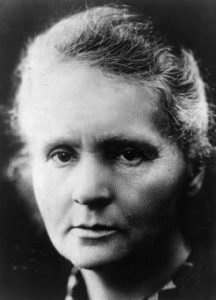
Introduction:
Marie Curie, a Polish-born physicist and chemist, was the first woman to win a Nobel Prize and remains the only person to receive Nobel Prizes in two different scientific fields.
Early and Professional Life:
Curie’s early life was marked by hardship, but she overcame societal barriers to pursue higher education in France. She later married Pierre Curie, with whom she conducted pioneering research.
Discoveries and Research:
Marie Curie’s groundbreaking research on radioactivity led to the discovery of the elements polonium and radium. Her work laid the foundation for advancements in nuclear physics and cancer treatment.
Awards:
Curie received the Nobel Prize in Physics in 1903 (shared with Pierre Curie and Henri Becquerel) and the Nobel Prize in Chemistry in 1911 for her discoveries in radioactivity.
Education:
Despite facing discrimination as a woman, Curie earned degrees in physics and mathematics. She went on to become the first female professor at the University of Paris.
Legacy:
Marie Curie’s legacy extends beyond her scientific achievements; she paved the way for women in science and remains an inspiration for generations of scientists.
2. Rosalind Franklin (1920–1958):
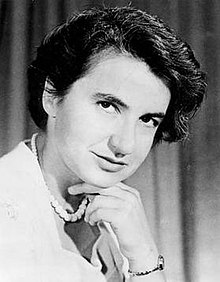
Introduction:
Rosalind Franklin, an English biophysicist, made significant contributions to the understanding of the molecular structures of DNA, RNA, viruses, coal, and graphite.
Early and Professional Life:
Franklin’s early interest in science led her to pursue studies at Cambridge. She later worked in various research institutions, including King’s College London.
Discoveries and Research:
Franklin’s work on X-ray diffraction images of DNA was instrumental in deciphering its structure. Her famous Photo 51 provided critical insights that contributed to the discovery of the DNA double helix.
Awards:
Regrettably, Franklin did not receive the recognition she deserved during her lifetime. Her contributions were acknowledged posthumously, with many awards named in her honor.
Education:
Franklin earned a Ph.D. in physical chemistry from Cambridge University and pursued her scientific career with a focus on molecular structures.
Legacy:
Rosalind Franklin’s work laid the foundation for molecular biology, and her legacy is remembered as a trailblazer in the field despite the challenges she faced.
3. Jane Goodall (1934–Present):
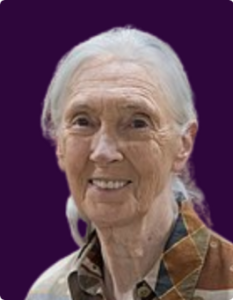
Introduction:
Jane Goodall, a British primatologist, ethologist, and anthropologist, is renowned for her groundbreaking work with wild chimpanzees in Tanzania.
Early and Professional Life:
Goodall’s passion for animals led her to Gombe Stream National Park, where she conducted a long-term study of wild chimpanzees, challenging traditional scientific methods.
Discoveries and Research:
Goodall’s observations challenged the prevailing beliefs about the uniqueness of human behavior. Her discoveries include tool use among chimpanzees and their complex social structures.
Awards:
Goodall has received numerous awards, including the Kyoto Prize, the Hubbard Medal, and the Medal of Tanzania, in recognition of her contributions to primatology and conservation.
Education:
Goodall’s educational journey started with a secretarial course but later transitioned to a Ph.D. in ethology from the University of Cambridge.
Legacy:
Jane Goodall’s work not only advanced our understanding of primates but also revolutionized the way we perceive and study animal behavior.
4. Barbara McClintock (1902–1992):
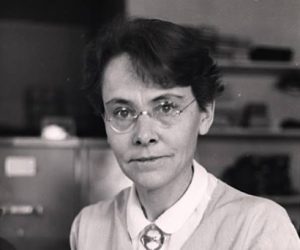
Introduction:
Barbara McClintock, an American geneticist, was a pioneering figure in the field of cytogenetics. She made significant contributions to our understanding of the structure and function of chromosomes.
Early and Professional Life:
McClintock’s early interest in genetics led her to pursue a Ph.D. at Cornell University. Her groundbreaking career included research positions at various institutions, including Cold Spring Harbor Laboratory.
Discoveries and Research:
McClintock’s discovery of transposons, or “jumping genes,” challenged prevailing genetic theories. Her work provided crucial insights into genetic regulation and chromosomal behavior.
Awards:
In 1983, McClintock became the first woman to receive an unshared Nobel Prize in Physiology or Medicine for her discovery of transposons.
Education:
McClintock earned her Ph.D. in botany from Cornell University and went on to become a prominent figure in genetics, contributing to advancements in the field.
Legacy:
Barbara McClintock’s work revolutionized our understanding of genetic inheritance, and her tenacity in pursuing innovative research has left an enduring impact on the field of genetics.
5. Chien-Shiung Wu (1912–1997):
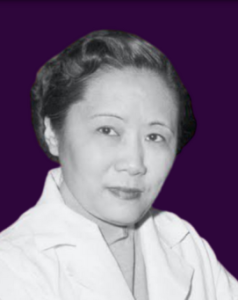
Introduction:
Chien-Shiung Wu, a Chinese-American experimental physicist, made significant contributions to the field of nuclear physics, particularly in the study of beta decay.
Early and Professional Life:
Wu’s early education in China paved the way for her pursuit of physics. She conducted research at top institutions, including Columbia University and Princeton University.
Discoveries and Research:
Wu played a pivotal role in the Manhattan Project and later conducted groundbreaking experiments that confirmed the theory of parity violation in weak nuclear interactions.
Awards:
Wu received various honors, including the Comstock Prize in Physics and the National Medal of Science, for her contributions to experimental physics.
Education:
Wu earned her Ph.D. in physics from the University of California, Berkeley, and went on to become a trailblazer in nuclear physics.
Legacy:
Chien-Shiung Wu’s work challenged gender and racial stereotypes in the sciences, and her experiments have had a lasting impact on our understanding of fundamental particles.
6. Ada Lovelace (1815–1852):
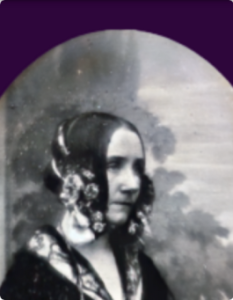
Introduction:
Ada Lovelace, an English mathematician and writer, is often regarded as the world’s first computer programmer for her work on Charles Babbage’s proposed mechanical general-purpose computer, the Analytical Engine.
Early and Professional Life:
Lovelace’s education in mathematics and her collaboration with Babbage on the Analytical Engine set the stage for her pioneering contributions to computer science.
Discoveries and Research:
Lovelace’s notes on the Analytical Engine included the first algorithm intended for implementation on a machine. Her insights extended beyond Babbage’s designs, envisioning the potential of computers in creating art and music.
Awards:
Although there were no formal awards during Lovelace’s time, her work is recognized today as foundational to the field of computer science.
Education:
Lovelace’s education in mathematics, augmented by her exposure to scientific circles, laid the groundwork for her contributions to computer science.
Legacy:
Ada Lovelace’s visionary work in the 19th century foreshadowed the computer revolution, and she remains an inspirational figure for women in STEM fields.
7. Grace Hopper (1906–1992):
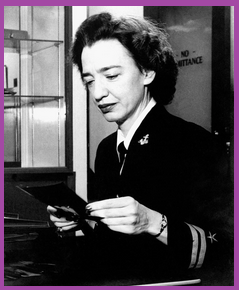
Introduction:
Grace Hopper, an American computer scientist and U.S. Navy rear admiral, was a pioneer in the development of computer programming languages, most notably COBOL.
Early and Professional Life:
Hopper’s early career involved working on the Harvard Mark I computer during World War II. She later played a crucial role in the development of UNIVAC I, the first commercially produced computer.
Discoveries and Research:
Hopper’s contributions to programming languages included the development of COBOL, a language designed for business and data processing. Her work laid the foundation for modern software development.
Awards:
Hopper received numerous awards, including the Presidential Medal of Freedom, for her significant impact on the field of computer science.
Education:
Hopper earned her Ph.D. in mathematics from Yale University, making her one of the earliest computer scientists with a doctorate.
Legacy:
Grace Hopper’s legacy includes not only her technical contributions but also her advocacy for the standardization of programming languages, making computers more accessible.
8. Dorothy Crowfoot Hodgkin (1910–1994):
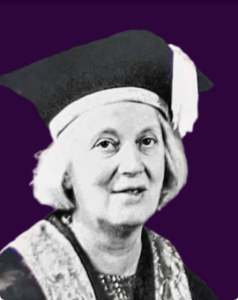
Introduction:
Dorothy Crowfoot Hodgkin, a British chemist, was a pioneer in the field of X-ray crystallography. She was awarded the Nobel Prize in Chemistry for her work on the structure of important biochemical substances.
Early and Professional Life:
Hodgkin’s early interest in chemistry led her to Oxford, where she conducted groundbreaking research on the structure of penicillin and vitamin B12.
Discoveries and Research:
Hodgkin’s most notable work involved determining the structures of insulin, vitamin B12, and other biologically important molecules using X-ray crystallography.
Awards:
Hodgkin received the Nobel Prize in Chemistry in 1964, becoming the third woman to win the Nobel Prize in that category.
Education:
Hodgkin earned her Ph.D. in chemistry from the University of Cambridge, marking the beginning of her influential career in crystallography.
Legacy:
Dorothy Crowfoot Hodgkin’s contributions to X-ray crystallography significantly advanced our understanding of the molecular structures of complex substances.
9. Shirley Ann Jackson (1946–Present):
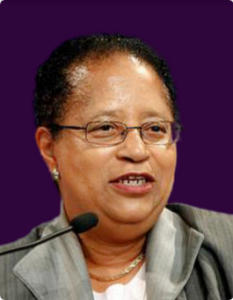
Introduction:
Shirley Ann Jackson, an American physicist, is known for her groundbreaking contributions to the field of theoretical physics and her leadership in academia and public service.
Early and Professional Life:
Jackson’s early interest in science led her to pursue physics at MIT, where she became the first African American woman to earn a doctorate from the university.
Discoveries and Research:
Jackson made significant contributions to condensed matter physics, particularly in the areas of semiconductors and layered systems.
Awards:
Jackson has received numerous awards, including the National Medal of Science. She was the first African American woman to earn a Ph.D. from MIT and to lead a top-ranked research university.
Education:
Jackson earned her Ph.D. in theoretical elementary particle physics from MIT, marking the beginning of her distinguished career.
Legacy:
Shirley Ann Jackson’s impact extends beyond her scientific contributions; she has been a trailblazer in promoting diversity and inclusion in STEM fields.
Conclusion:
The stories of these extraordinary women underscore the diversity of contributions made by women in science throughout history. Their dedication, intellect, and resilience continue to inspire current and future generations, emphasizing the importance of inclusivity and equal opportunities in the pursuit of scientific knowledge. As we celebrate these pioneers, let us collectively work toward creating a world where every aspiring scientist, regardless of gender, can pursue their passion and make lasting contributions to the scientific community.
How to Make Money Online Without Investment 2024: Tips and Tricks. Making money online is a great way to earn Read more
Essential Travel Tips for Europe 2024: Your Guide to a Memorable Vacation. Traveling to Europe is a dream come true Read more
Understanding Indiana Parenting Time Guidelines 2024: Your Guide to Shared Parenting. In Indiana, the parenting time guidelines are a set Read more
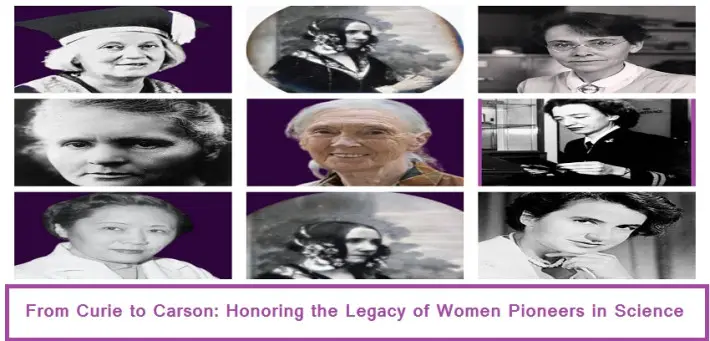




Very Good Information.